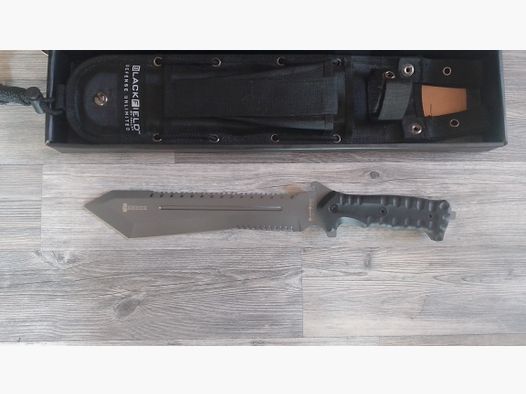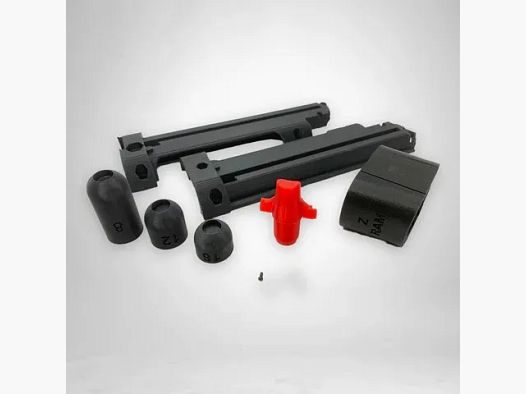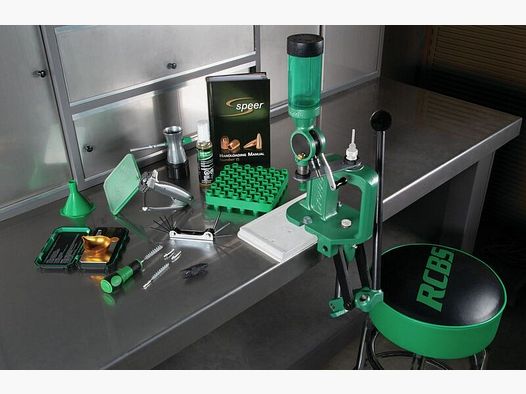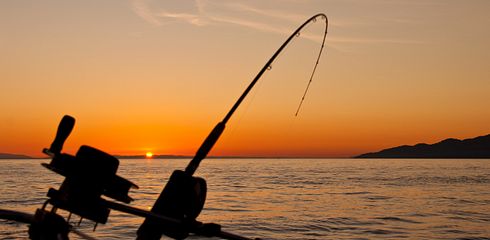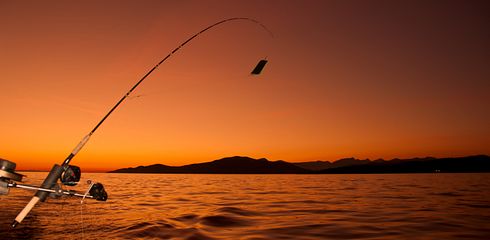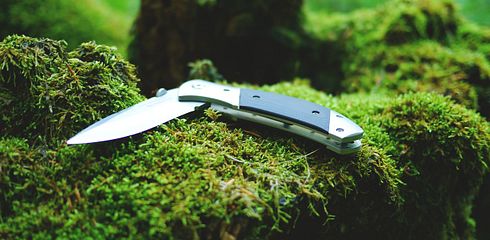Angeln ist nicht nur eine Freizeitbeschäftigung, sondern für viele Menschen eine Leidenschaft und eine Verbindung zur Natur. Die Wahl der richtigen Ausrüstung spielt dabei eine entscheidende Rolle, und unter den vielen verschiedenen Komponenten sind Zwillingshaken ein wesentlicher Bestandteil. In diesem Artikel werden wir uns eingehend mit Zwillingshaken befassen, ihre Verwendung, Vor- und Nachteile sowie einige Tipps für den effektiven Einsatz beim Angeln.
Was sind Zwillingshaken?
Zwillingshaken sind spezielle Angelhaken, die zwei Schenkel oder Arme haben, die parallel zueinander verlaufen. Im Gegensatz zu einfachen Einzelhaken bieten Zwillingshaken die Möglichkeit, mehr als einen Köder anzubringen. Dies macht sie besonders effektiv beim Fang größerer Fische oder bei Arten, die einen aggressiveren Biss haben.
Vorteile von Zwillingshaken:
Erhöhte Fangchancen: Durch die Verwendung von zwei Haken anstelle von einem steigt die Wahrscheinlichkeit, dass der Fisch beim Biss tatsächlich gehakt wird. Dies ist besonders nützlich bei Fischarten, die dazu neigen, den Köder aggressiv zu attackieren.
Vielseitigkeit: Zwillingshaken sind äußerst vielseitig und können für verschiedene Angeltechniken und Köder verwendet werden. Ob beim Spinnfischen, Schleppangeln oder Trolling – Zwillingshaken passen sich verschiedenen Situationen an.
Sicherer Halt: Die zwei Haken bieten einen stabilen und sicheren Halt, was wichtig ist, um größere Fische zu landen. Ein einzelner Haken könnte bei einem kräftigen Zug brechen, während Zwillingshaken eine höhere Belastung aushalten.
Reduzierung von Fehlbissen: Die Anwesenheit von zwei Haken verringert die Chance von Fehlbissen. Selbst wenn ein Fisch den Köder nicht optimal erwischt, besteht immer noch die Möglichkeit, dass der zweite Haken greift.
Nachteile von Zwillingshaken:
Erhöhtes Verheddern: Aufgrund der doppelten Hakenstruktur besteht die Gefahr, dass sich der Köder leichter in Pflanzen oder anderen Hindernissen verheddert. Dies kann zu Frustration führen und den Angelspaß beeinträchtigen.
Mögliche Beschädigung des Fischmauls: In einigen Fällen kann die Verwendung von Zwillingshaken zu einer stärkeren Verletzung des Fischmauls führen, insbesondere wenn der Haken schlecht platziert ist. Dies ist bei der Catch-and-Release-Praxis zu berücksichtigen.
Tipps für die Verwendung von Zwillingshaken:
Richtige Hakenwahl: Je nach Fischart und Angeltechnik sollten die richtigen Zwillingshaken ausgewählt werden. Verschiedene Größen und Formen sind verfügbar, um den Bedürfnissen verschiedener Situationen gerecht zu werden.
Verwendung von Ködern: Zwillingshaken eignen sich besonders gut für Köder, die eine breitere Angriffsfläche bieten. Große Gummifische, Wobbler oder Köderfische können effektiv mit Zwillingshaken präsentiert werden.
Achtsamer Umgang mit dem Fang: Wenn Catch-and-Release praktiziert wird, ist es wichtig, die Fische schonend zu behandeln. Verwenden Sie geeignetes Equipment, um die Haken leicht und sicher zu entfernen und den Fisch unversehrt freizulassen.
Regelmäßige Kontrolle der Haken: Überprüfen Sie regelmäßig den Zustand der Haken, um sicherzustellen, dass sie scharf und rostfrei sind. Ein stumpfer Haken verringert die Chancen für einen erfolgreichen Fang.
Zusammenfassend bieten Zwillingshaken eine effektive Möglichkeit, die Fangchancen beim Angeln zu erhöhen, besonders bei aggressiven Fischarten. Die richtige Anwendung und Pflege sind jedoch entscheidend, um ihre Vorteile voll auszuschöpfen und gleichzeitig den schonenden Umgang mit der Natur zu gewährleisten. Angeln mit Zwillingshaken kann eine spannende und erfolgreiche Erfahrung sein, wenn sie richtig eingesetzt werden.











